FINDING THE WILD: A Visceral Approach to Sustainability
Jenna Witzleben’s Master’s thesis, Finding the Wild: A Visceral Approach to Sustainability, explores an alternative future trajectory—“rewilding”—and how physical and emotional reconnection with our natural environments can inspire lifestyles of environmental stewardship.
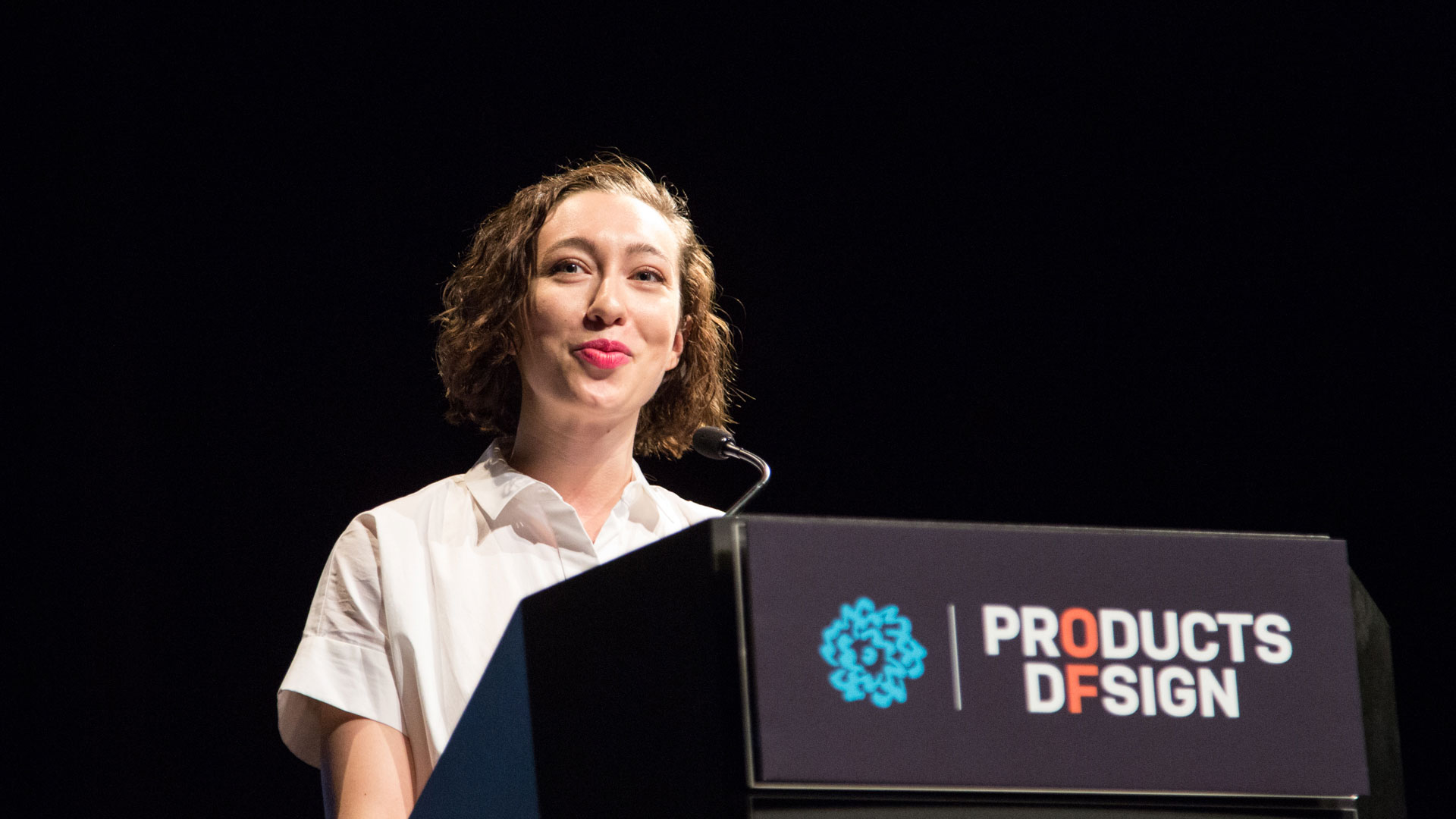
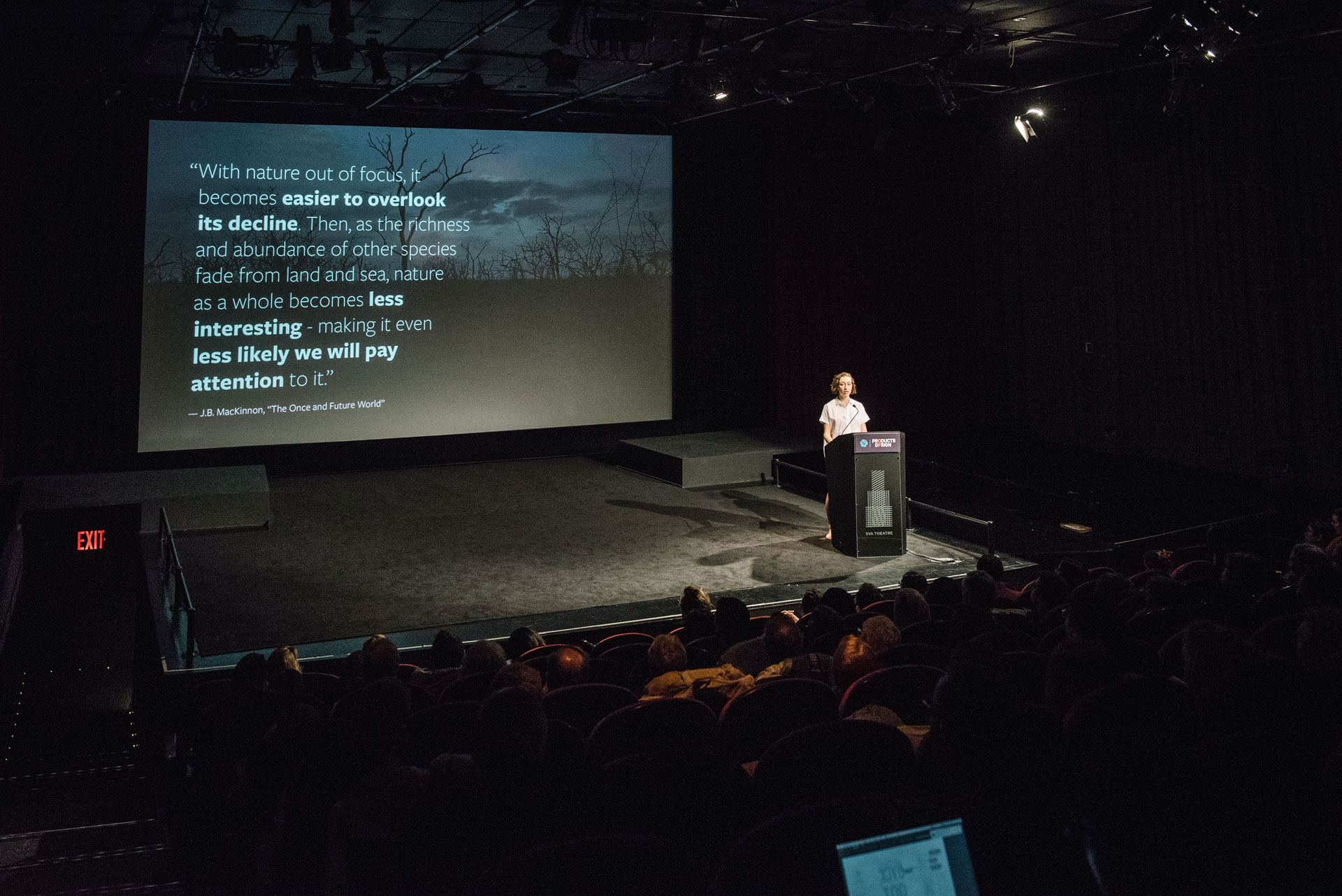
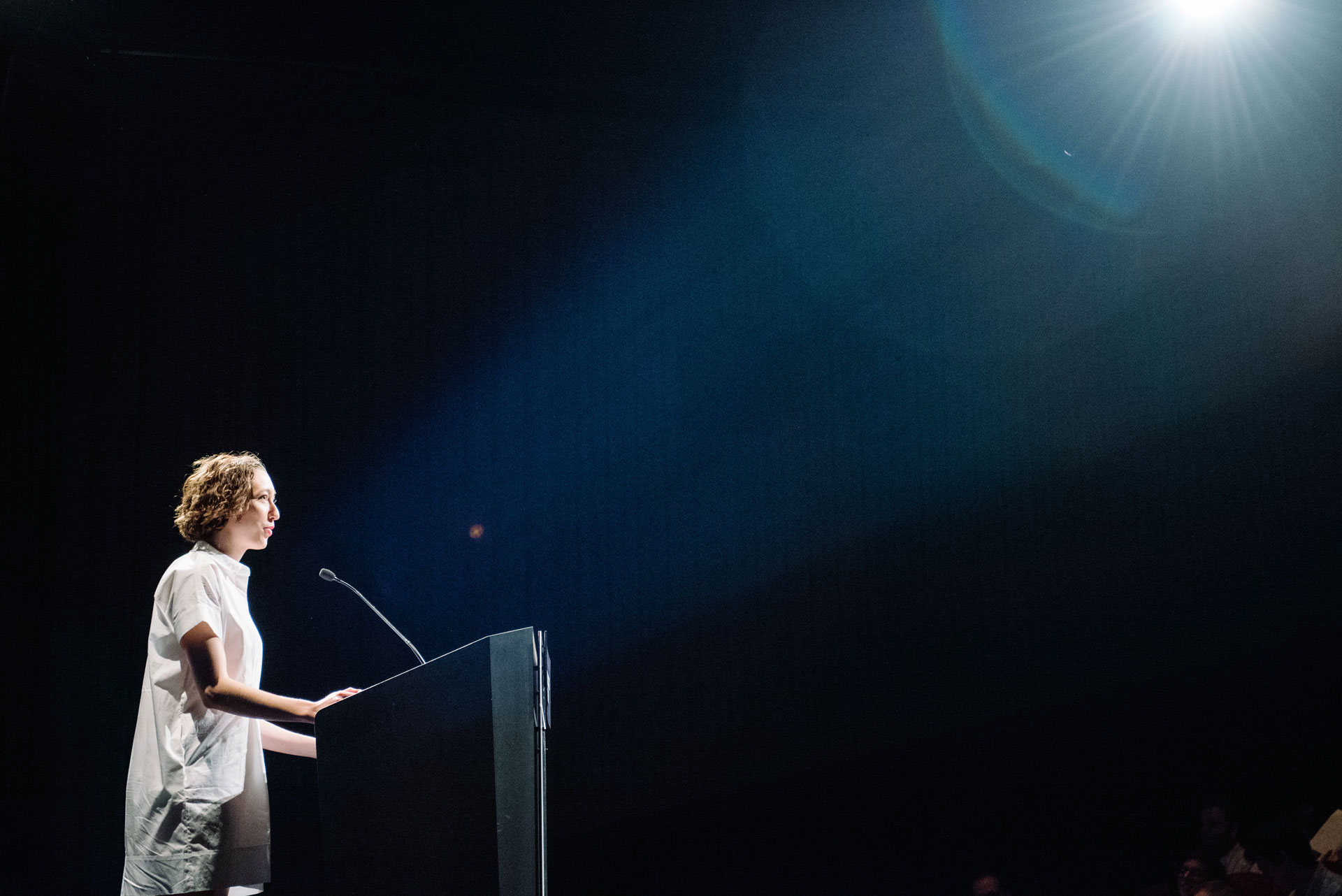
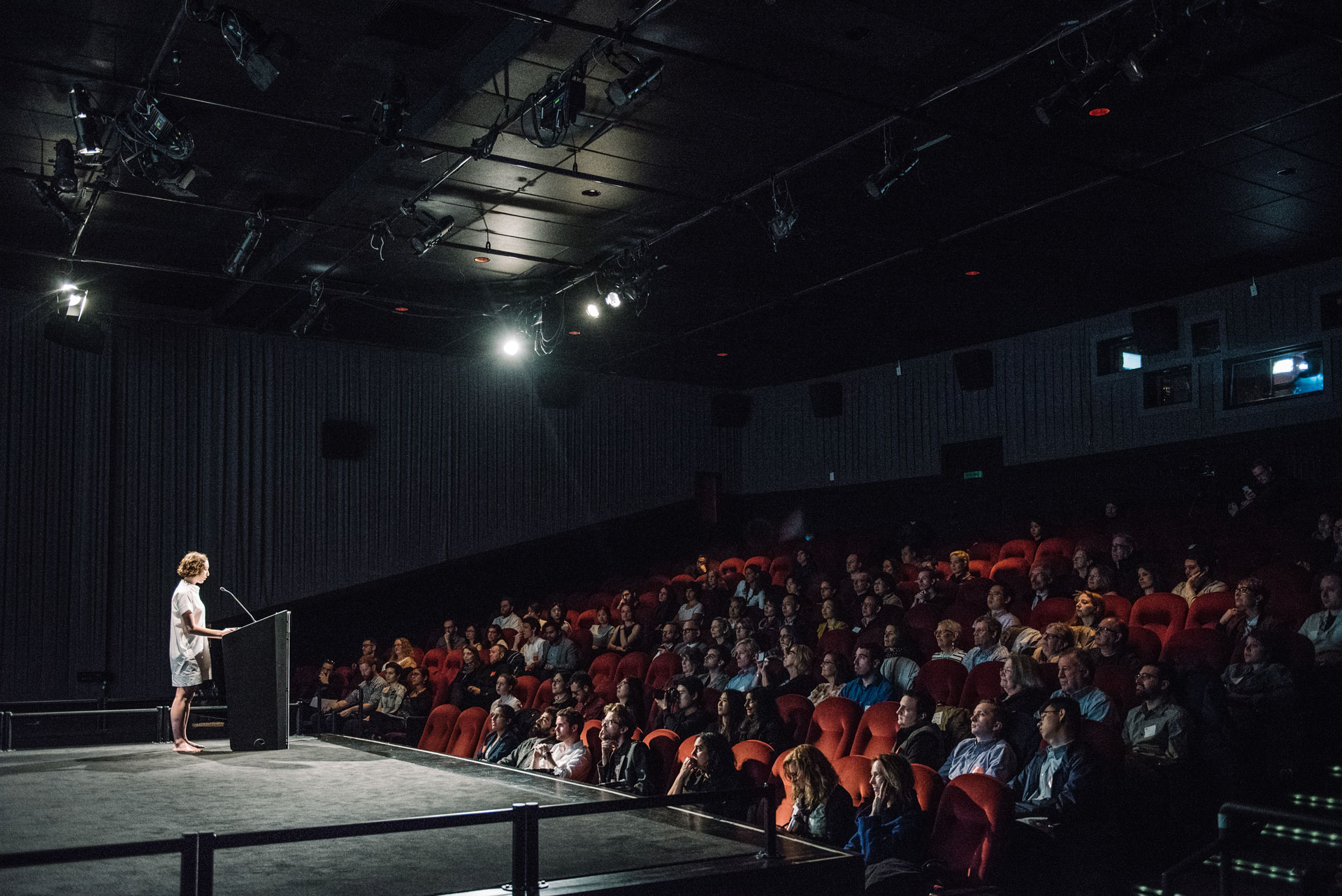
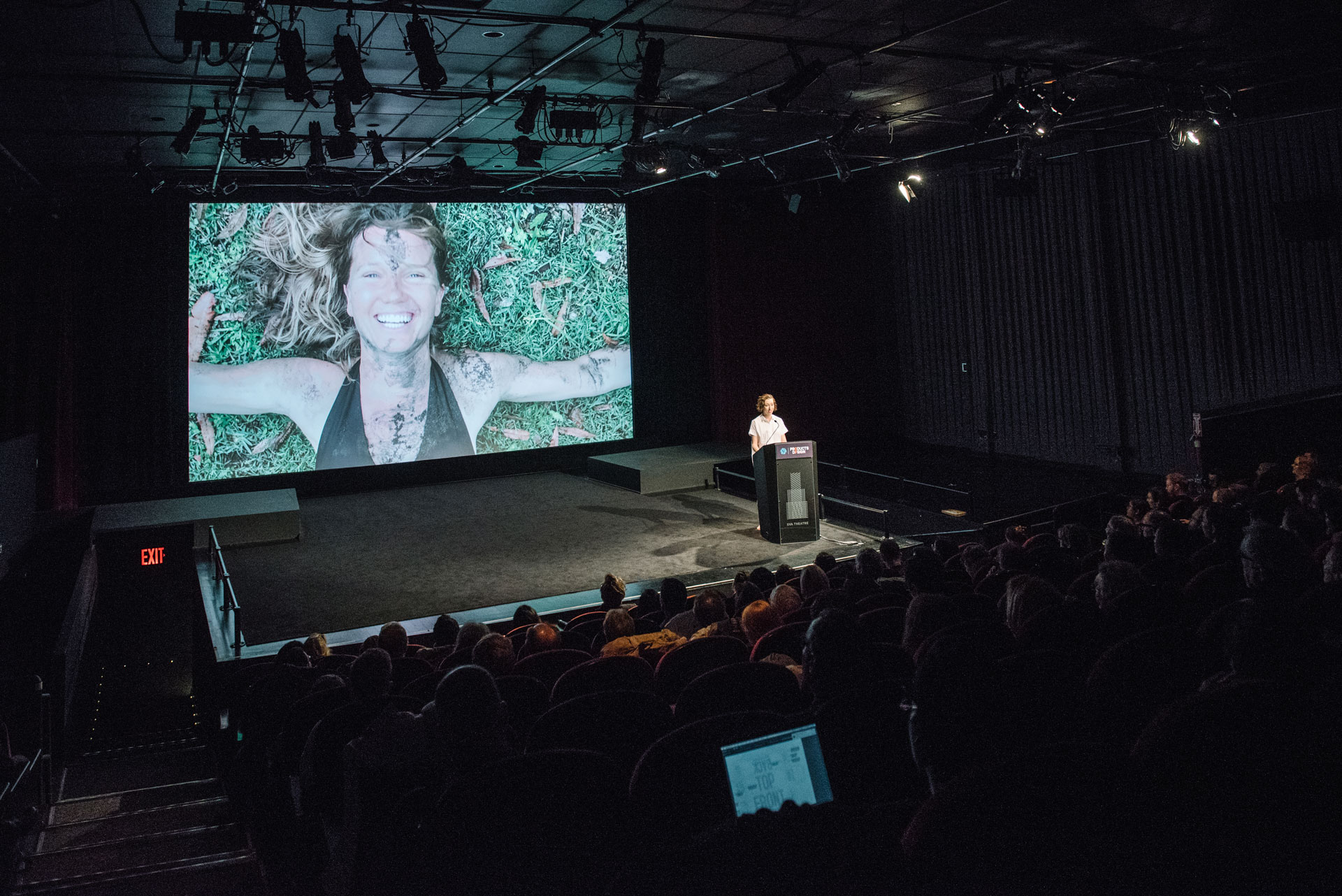
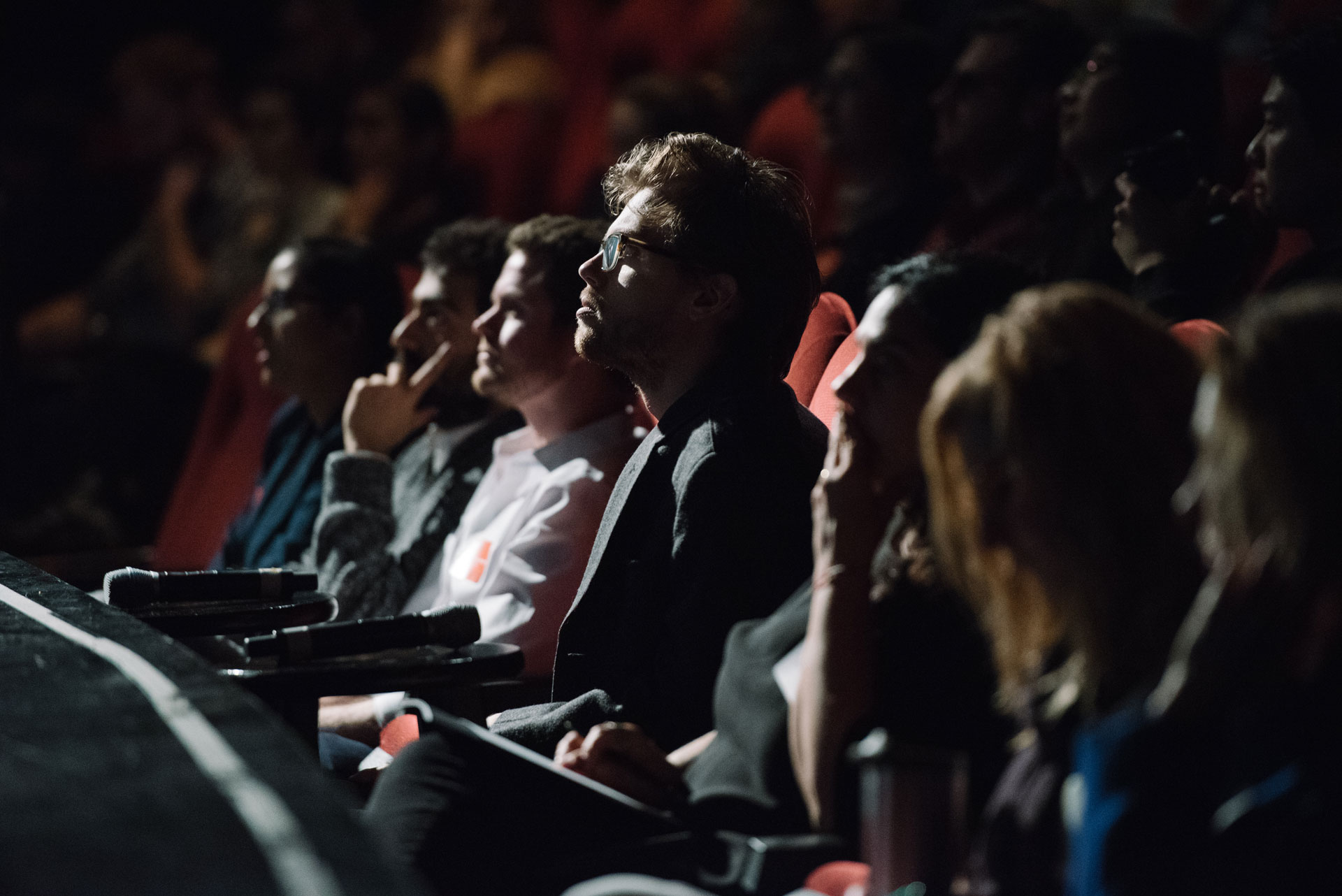


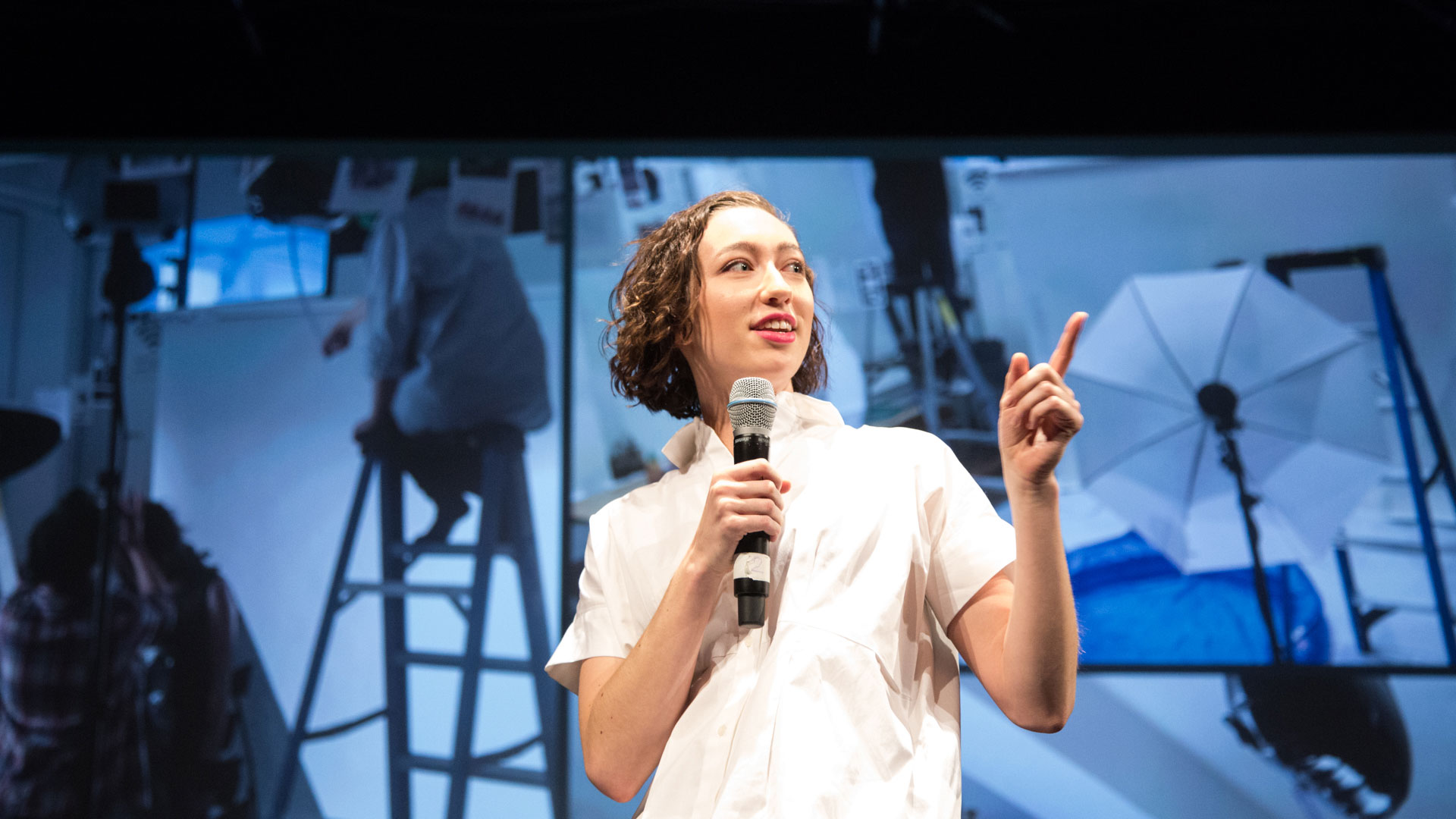
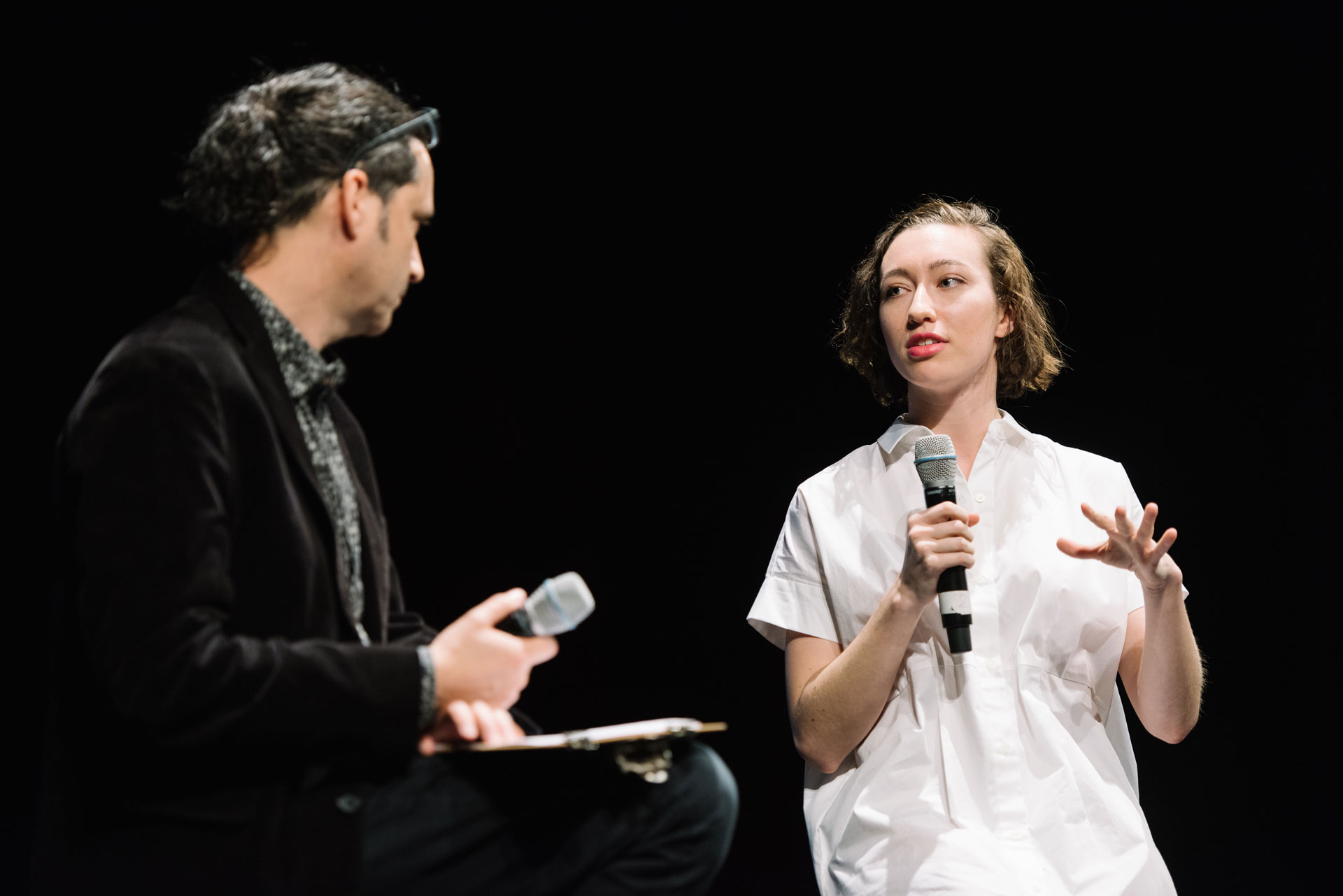
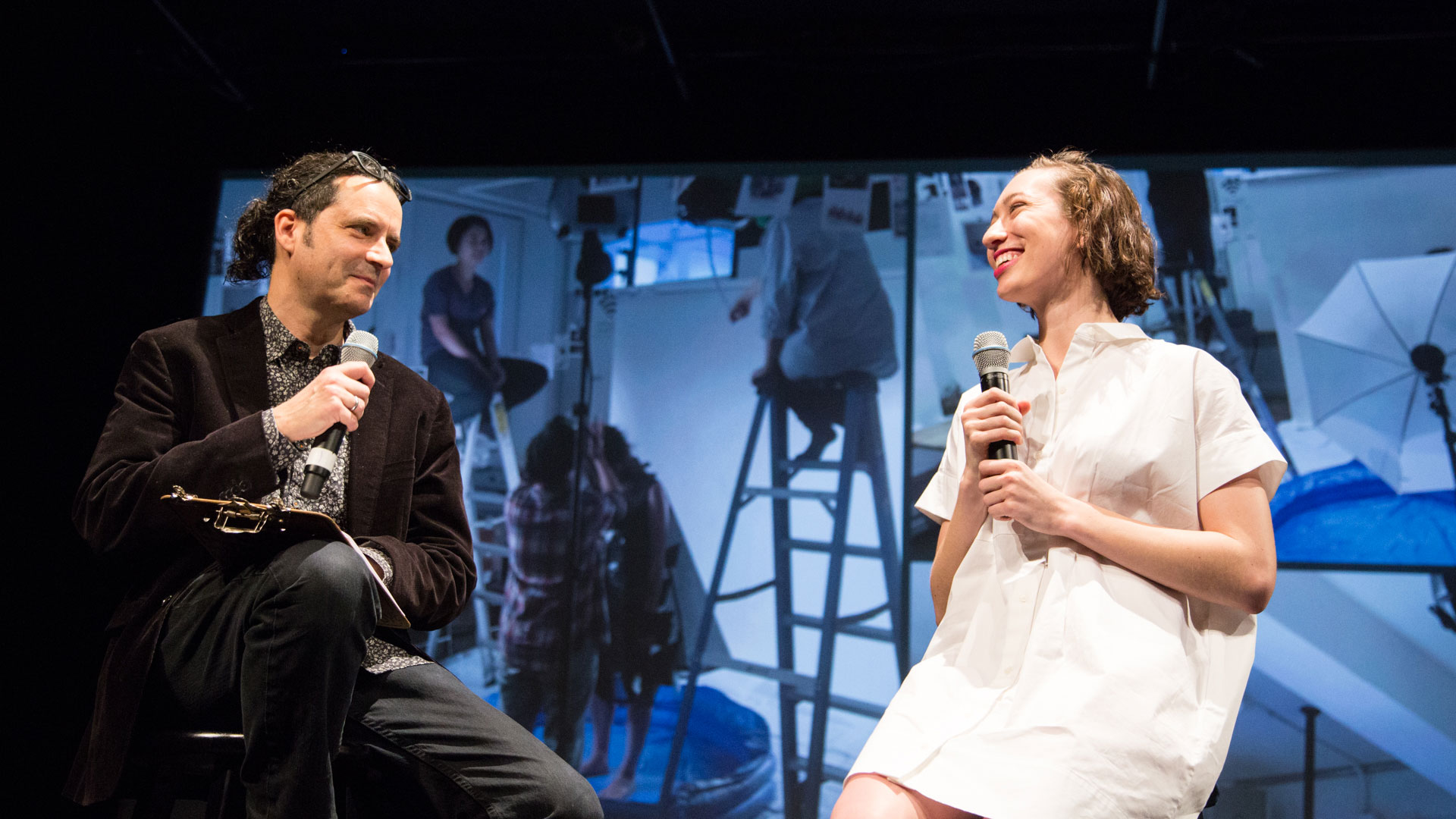
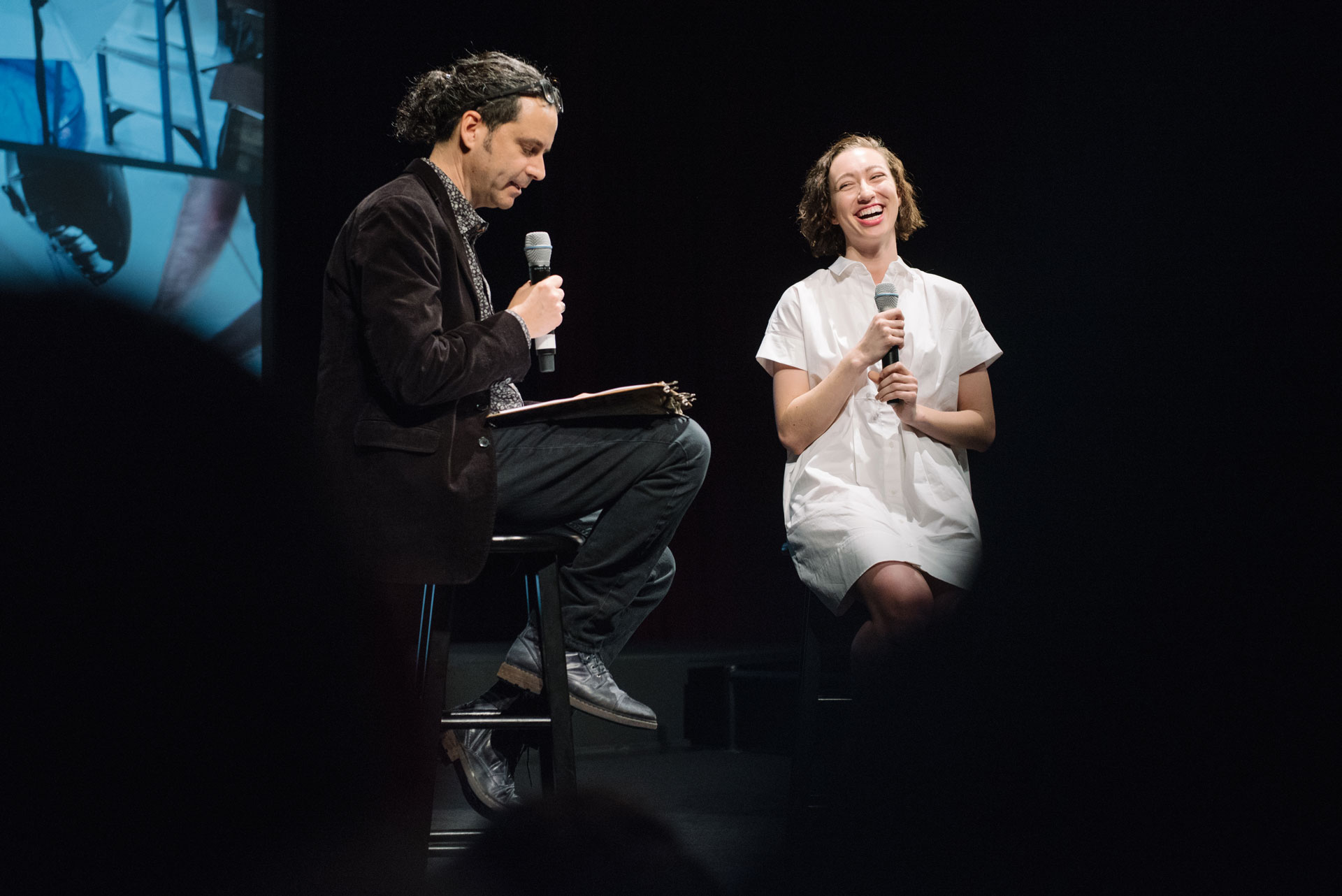
Jenna was primarily inspired by the following texts—How to Thrive in the Next Economy by John Thackara, The Once and Future World by J.B. MacKinnon, and Becoming Animal by David Abram—which discuss the “metabolic rift,” the need for humans to physically interact with our environments, and the subject of rewilding. Conversations with individuals like Peter Michael Bauer, founder of Rewild Portland, as well as immersive experiments, such as barefooting, supplemented Jenna’s understanding of the human, social, and spiritual aspects of rewilding.
“There’s a common misconception that rewilding is about wilderness survival. But it’s not. Rewilding means a life of thriving—of living in a way that is harmonious with our inherent desires and behaviors.”
Rewilding has many definitions, but it involves the following—increasing biodiversity; building relationships of reciprocity; and, drawing inspiration from hunter-gatherer and indigenous cultures to imagine future societal structures outside of civilization. It spans from individual to global scales, and from architecture to food production and primal fitness. Jenna adds, “There’s a common misconception that rewilding is about wilderness survival. But it’s not. Rewilding means a life of thriving—of living in a way that is harmonious with our inherent desires and behaviors.”
What helped to anchor the work was the goal of specifically prompting conspicuous behavior change in early adopters of rewilding, such as environmental scientists, sustainability professionals, and outdoor adventurers. Her body of thesis work serves as gateways into rewilding, and first steps towards breaking down the barriers between humans and our surrounding environment.
The drenchcoat is a new typology of garment—a celebration of the rain.
The drenchcoat
On any given rainy day, our typical responses to the weather tend to range from quiet disdain to active repulsion. We barricade ourselves from the water with additional garments, umbrellas, or even just avoid going outside altogether. One of Jenna’s interviewees, Kenton Whitman, mentioned how reducing comfort-seeking behavior is one of the key transformations he helps people with at his organization, RewildU. While it is not completely abnormal for animals to hide from the rain—and we are not the only species that does it—Jenna believes that we take it to an unnecessary extreme. She aims to get people to celebrate the rain, as several other cultures do, and increase our personal resilience to it.
With this, she imagined a new typology of garment—the drenchcoat. The drenchcoat is made of plastic mesh and tarp flaps. It allows the wearer to feel the rain on their skin through the mesh and does not absorb water into the fabric itself. While in the wind, the flaps enhance the celebration by adding motion and dynamism to the garment. Along with this garment, users can wear the coordinating undergarment set made from “spacer”—a breathable waterproof fabric—to maximize skin exposure to the rain while accounting for modern day modesty in apparel.
The drenchcoat is designed to be part of a larger line of fashion called Weathered. The collection as a whole imagines the celebration of all less-favored weather, including snow, sleet, humidity, and cloudiness.
“When I walk barefoot, I see every piece of trash, and this helps me build empathy with the earth. It motivates for better treatment of the planet because that means better walkways for barefooting.”
Barely App
Another aspect of rewilding that Jenna explored is barefooting. She cites four primary value propositions to this behavior:
By not wearing shoes, we require less material waste.
There have also been studies that barefooting and the associated increase in nerve responsiveness aid the body in adjusting to a more proper gait. This can often help people’s ankles, knees, and spine feel better.
The topic of “earthing” comes up in relationship to barefooting as well. And while the science of ion exchange between human bodies and the earth is heavily contested, some of her interviewees said that the phenomenon of “earthing” is actually about bacterial exchange and increased biodiversity on the surface of our skin.
Finally, while walking barefoot, you are required to pay much closer attention to the ground, thus you avoid stepping on something harmful or unpleasant. This heightened attention to the surface of the earth can increase awareness of how horribly we treat it.
Jenna mentioned, “When I walk barefoot, I see every piece of trash, and this helps me build empathy with the earth. It motivates for better treatment of the planet because that means better walkways for barefooting.”
With all of this in mind, Jenna created Barely—a digital platform for barefooters. Barely aids in both converting non-barefooters as well as supporting existing ones. It aids in identifying different textures, recommending ways to maintain balance on different walking surfaces, and creating community around favorite routes or barefoot-friendly businesses. Jenna is excited about the potential to continue this app through a partnership with Sue Kenney, the founder of Barebottoms shoes.
The Barely app contains four functions: Onboarding, Balance, Scout, and Connect.
Onboarding: Users ease their way into barefooting through a series of exercises. These include going barefoot at home, acquiring a first aid kit, walking to work barefoot for the first time, and visiting a store or restaurant barefoot for the first time.
Balance: Users track the different types of surfaces they walk on each day and receive recommended routes to maintain a balance between natural and architectural surfaces. This functions through the GPS on the phone or any other connected/wearable device. In the near future, when Barebottoms shoes releases the Internet-of-Things version of their barefoot shoe, users can connect with that to further track their data when they’re not carrying their phone.
Scout: Users aid in data collection by exploring unmapped territory and providing information on the textures. This then feeds into the data used in Balance.
Connect: Users view preferred routes and businesses of other barefooters in the city through an interactive map, as well as user profiles. They also add their own preferred spots and routes to share with their friends.
Panacea
Jenna argues that our fear and disdain of dirt or soil is at the center of rewilding. We pave it over and cover it with concrete. We buy food that is pre-washed three times, and then we likely rinse them again at home. Meanwhile, we are abusing and polluting this natural resource. We overwork agricultural land until the soil degradation rate is 40 times that of regeneration. This impacts human food availability and human health. Jenna observed, “The soil is just like us and connected to us. We need to embrace this connection—embrace the microbacterial community that connects us.”
Panacea is a food cart focused on restoring human and environmental health.
In order to spotlight this interconnection, she created Panacea, a food cart focused on restoring human and environmental health. It lives at the microbial intersection between humans and soil or plants. The menu has four items and each item has two parts—one for the human and one for the environment. For example, a diatomaceous earth cocktail is made for the human, and compost tea is made for the environment. The menu items are all focused on restoring health and biodiversity inside the human gut, immune system, and the environment.
The goal with Panacea would be to start out at Smorgasburg on the weekends. The model of Smorgasburg or similar food truck festivals is more appropriate as consumers are more likely to sample small plates in this setting. Jenna also references the Rain Drop Cake, which has a similar snack-size and novelty-appeal and is sold at Smorgasburg every weekend. As Panacea’s popularity grows, there is potential to explore partnering with retailers and/or creating a full-service restaurant.
“If the trees die, so do we. We can’t survive without their air filtration.”
Urban Citizen Forest Protection
This thesis takes the stance that, in order to rewild, we need to reestablish a connection with the living beings around us. For urbanites, a large part of this is street trees. Often overlooked, these poor beings become littered with trash and pet defecation, and the soil becomes compacted or eroded. This can lead to tree illness or even death. Jenna warns, “If the trees die, so do we. We can’t survive without their air filtration.”
In order to empower individuals to embrace the street trees in a way that feels urgent, Jenna imagined the Urban Citizen Forest Protection, and created a training session for new recruits. It asks the question “Can we respond to the injuries and pains of trees in a similar fashion to human emergencies?” Jenna drew inspiration from first responder, EMS, and street medics training to inform this experience design. It is part performative and part practical.
The training is broken up into parts including protection, which engages trainees in physical blocking techniques to protect trees from incoming trash, as well as a verbal chant to deter potential polluters. This was the more performative part of the training, and involved not only the trainees, but also passersby. The trainees were then taken to a tree in need to assess vital conditions and deliver basic aid through trash removal, soil decompaction, and soil amendment.
Please keep an eye on the @ucfp_nyc Instagram and the urbanforestprotectors.com website for future events.
Jenna hopes that this body of work inspires a reconnection with bacteria, rain, dirt, and trees, but also hopes that it inspires larger reconsideration of the future world we want to see. There are more options than the hyper-technological civilization we have been marketed.
Learn more about Jenna Witzleben's work at jennawitzleben.com, and contact her at jenna.witzleben@gmail.com.












